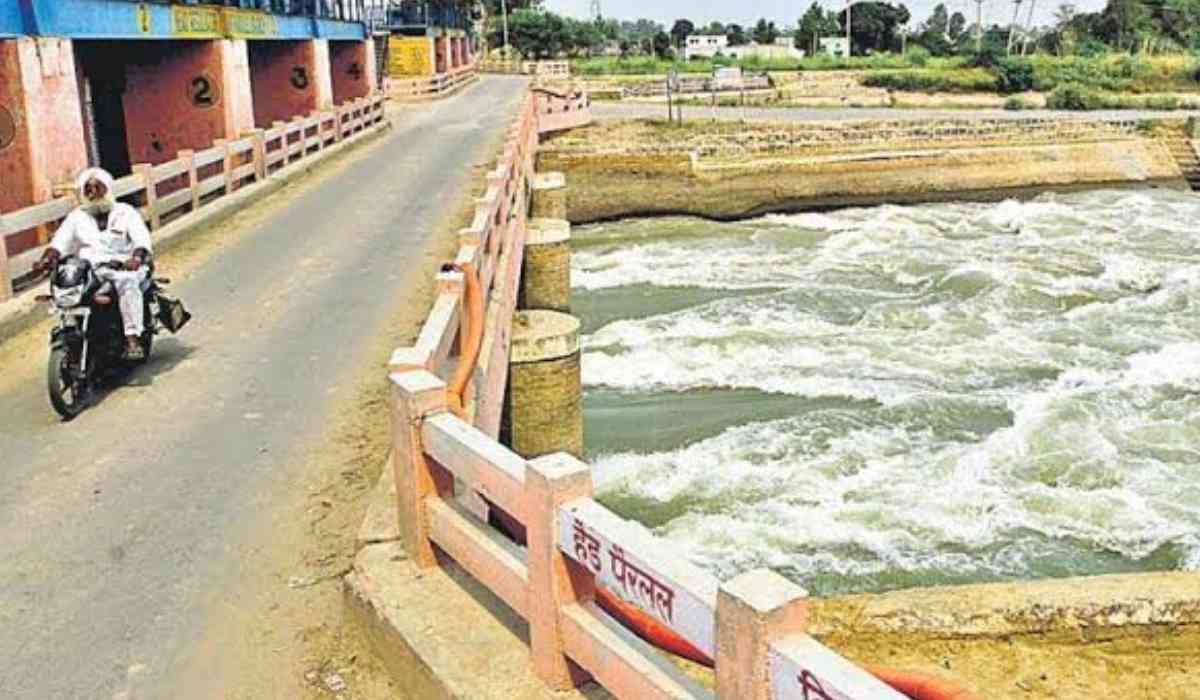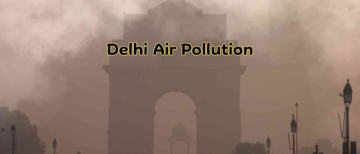On Wednesday night, a critical sub-branch of the Munak Canal, which supplies about 36.7% of Delhi's water, breached near Bawana’s Hanuman Mandir, which has led to significant flooding in the surrounding areas, causing major disruptions.
Following a recent day of heavy rains, Delhi was already on alert for further downpours. However, the breach in the Munak Canal has worsen the situation, leading to waist-deep flooding in areas like JJ Colony, Bawana. Residents are struggling with the sudden inundation of their homes and streets.
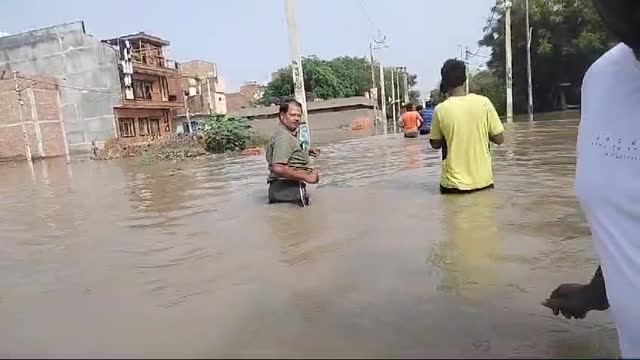
Delhi Jal Board (DJB) officials have rushed to the scene to repair the breach. This section of the canal, part of the Career Lined Channel (CLC) of the Western Yamuna Canal, previously breached in June last year, disrupting water supply for two days.
The canal was constructed between 2003 and 2012 and has faced multiple challenges over the years, including a breach during the Jat reservation agitation in February 2016, which required intervention by the army to restore water supply.
Delhi Minister Atishi said,
“(DJB) is working with the Haryana Irrigation Department”
“Water has been diverted to the other sub-branch of the canal. Repair work has already started and will be completed by [Thursday] afternoon. The breached canal will be functional from tomorrow [Friday].”
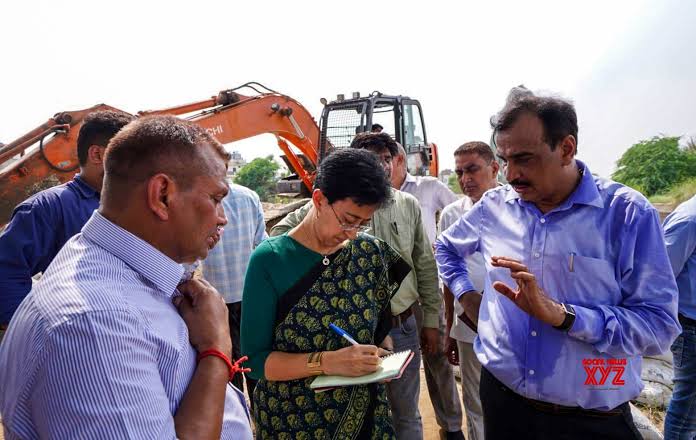
Delhi Flood Control Minister Saurabh Bharadwaj swiftly addressed a breach discovered during the night by deploying Delhi Jal Board officials. He also requested the Chief Engineer of the Flood Department's assistance.
Earlier, Bharadwaj reviewed the regulator of drain number 12 at ITO due to rising Yamuna water levels. He assured that the flood department is proactive, working on flood regulators year-round and reserving stocks for pump malfunctions to manage excess water from the Yamuna.
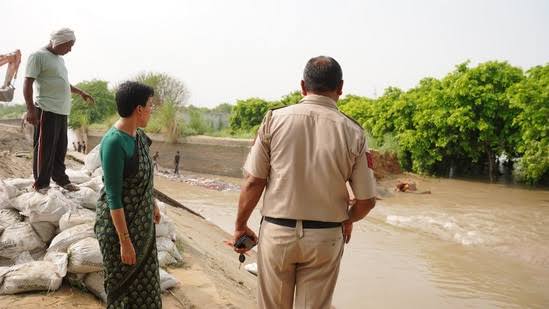
About the Munak Canal
The Munak Canal is a 102-kilometre-long aqueduct that is part of the Western Yamuna Canal system in Haryana and Delhi. It carries water from the Yamuna at the Munak regulator in Haryana’s Karnal and extends up to Haiderpur via Khubru and Mandora barrages. The canal is a crucial source of water for treatment plants at Delhi’s Haiderpur, Bawana, Nangloi, and Dwarka.
 Delhi's water supply is diversified. Apart from the Munak canal, the city receives 17.8% (330 cusecs) of its water from the Delhi sub-branch and 6.6% (120 cusecs) from the Yamuna river. An additional 25.4% comes from the Ganga (200 cusecs) and Sonia Vihar (270 cusecs) water treatment plants, with the remainder sourced from wells and tube wells in the Yamuna flood plains.
Delhi's water supply is diversified. Apart from the Munak canal, the city receives 17.8% (330 cusecs) of its water from the Delhi sub-branch and 6.6% (120 cusecs) from the Yamuna river. An additional 25.4% comes from the Ganga (200 cusecs) and Sonia Vihar (270 cusecs) water treatment plants, with the remainder sourced from wells and tube wells in the Yamuna flood plains.
Photo: Multiple Sources
(Inputs from Agencies)
Ⓒ Copyright 2024. All Rights Reserved Powered by Vygr Media.

